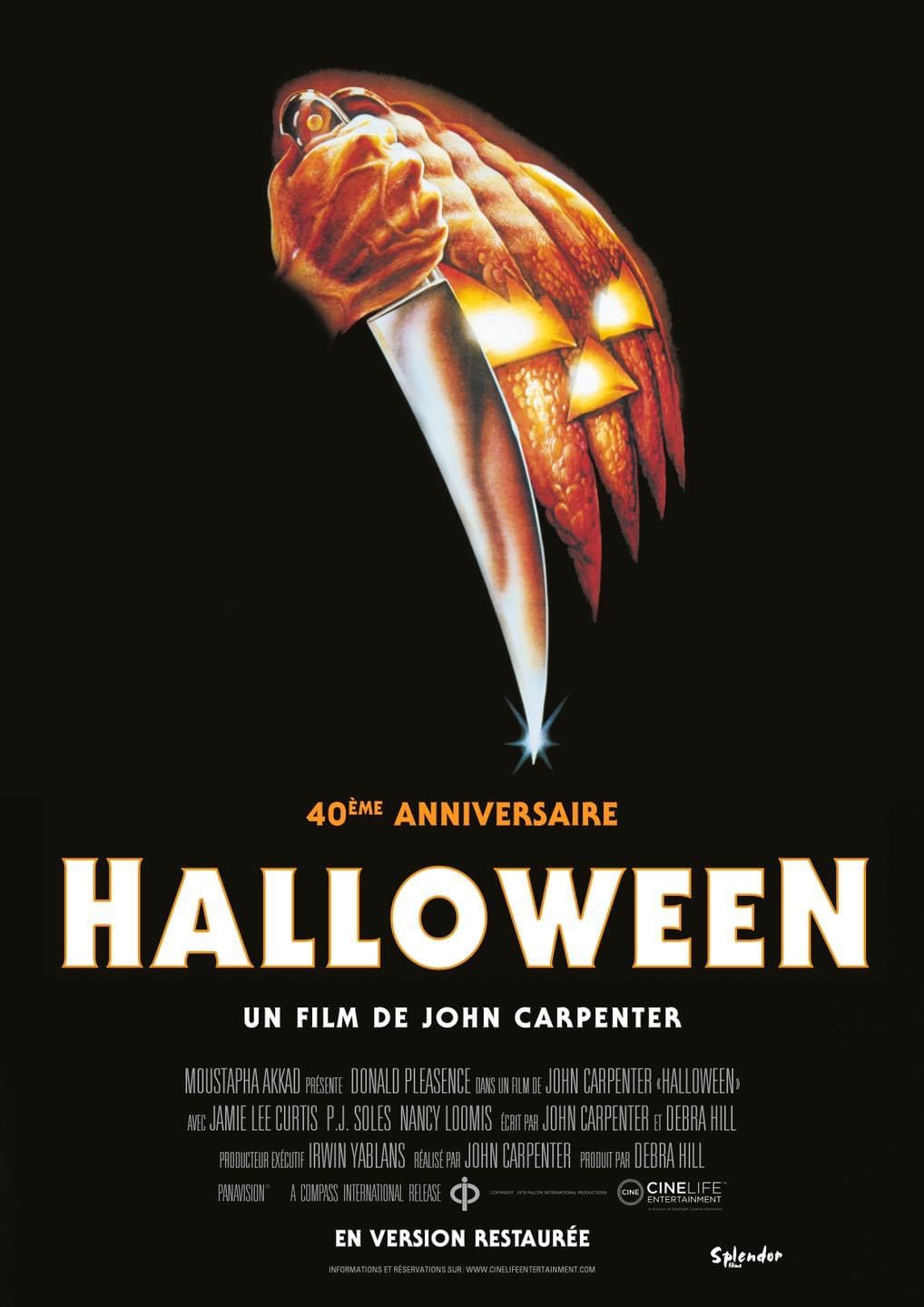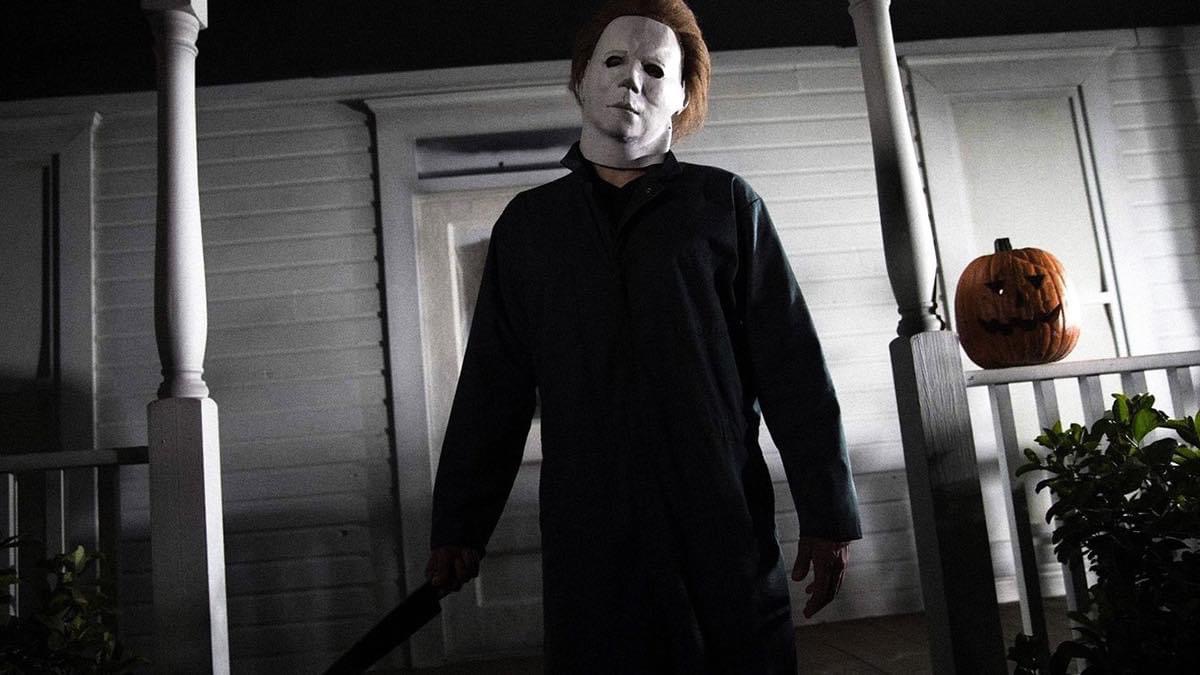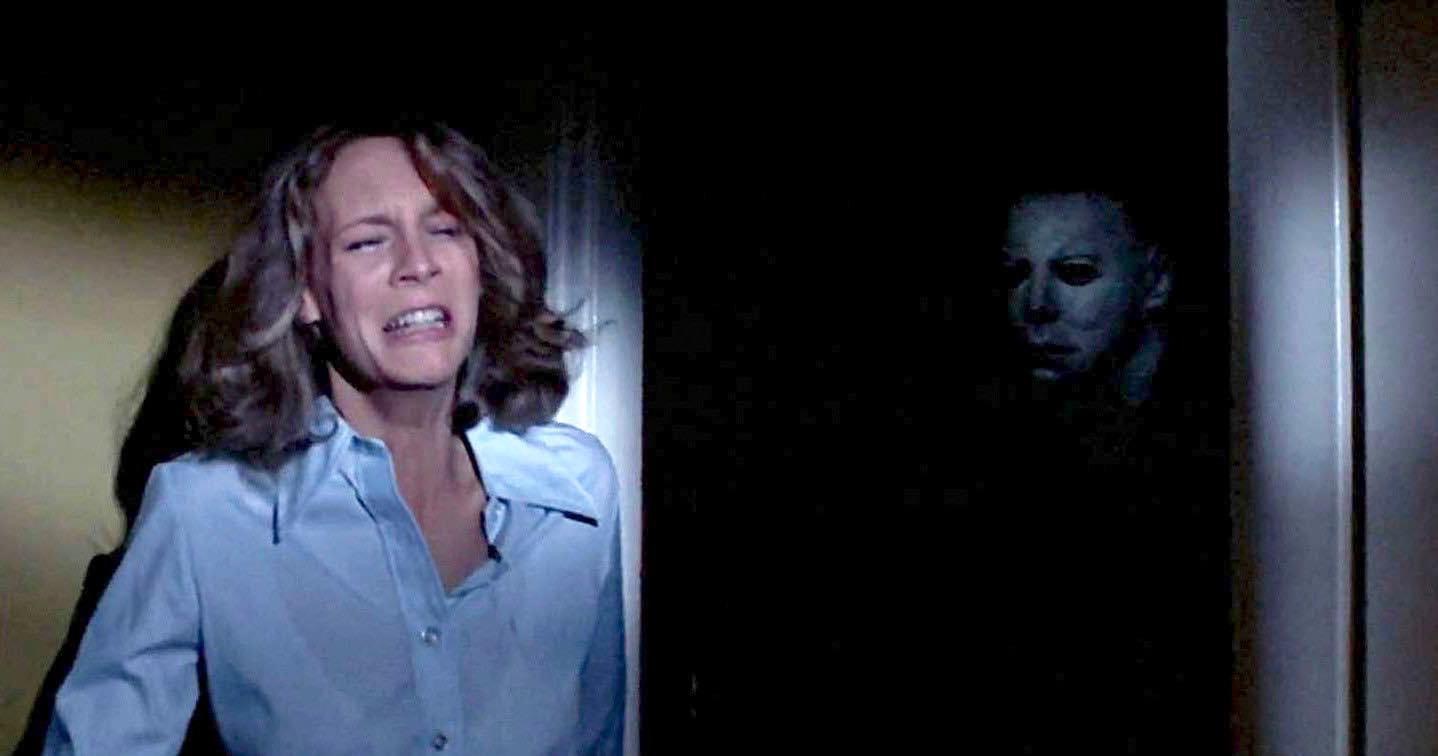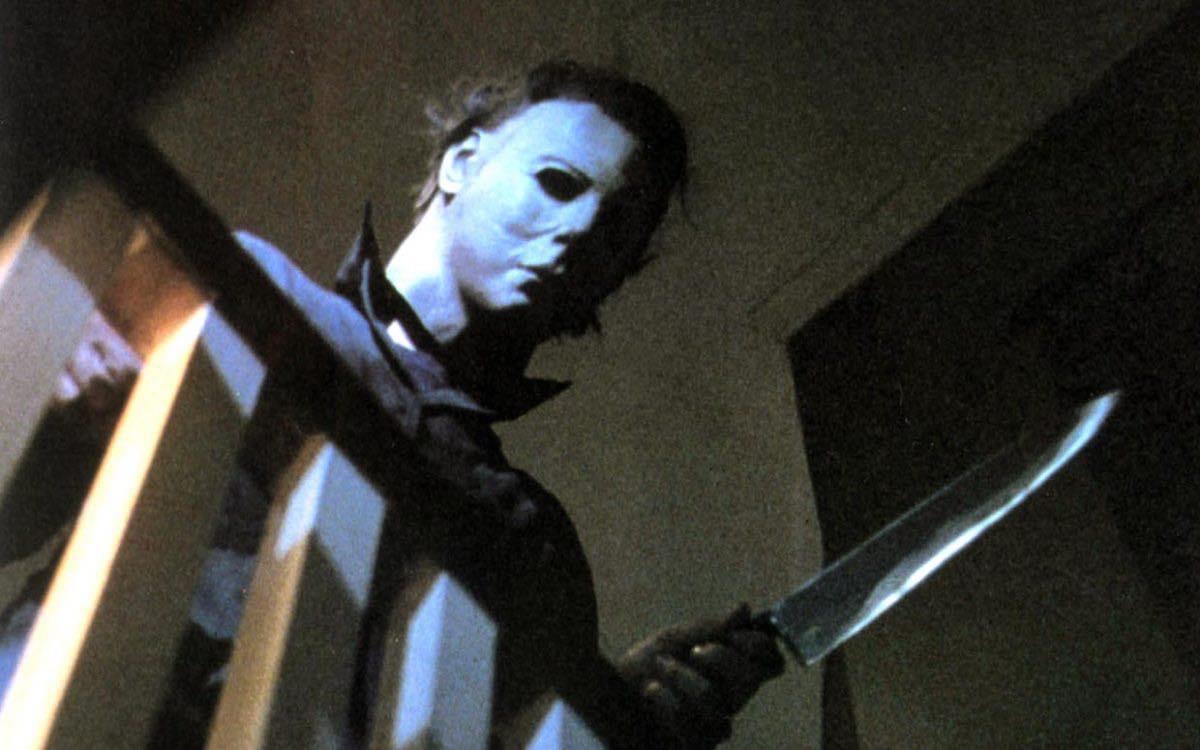Halloween (1978)

Halloween (1978), directed by John Carpenter, is a landmark film in the horror genre and is widely credited with popularizing the slasher film trope. Here’s a brief review of its key elements:
Suggest videos for you:
Suggest videos for you:
Plot
The film follows Michael Myers, who escapes from a mental institution after 15 years and returns to his hometown of Haddonfield, Illinois. He begins stalking and killing teenagers, particularly targeting Laurie Strode, played by Jamie Lee Curtis. The tension escalates as Laurie and her friends are hunted by the relentless Michael.

Direction and Cinematography
John Carpenter’s direction is masterful, utilizing minimal resources to create maximum suspense. The iconic use of a steady cam and the effective framing of shots enhance the film’s eerie atmosphere. Carpenter’s innovative use of music, particularly the haunting score he composed himself, adds to the film’s tension and has become synonymous with horror.
Themes
The film explores themes of evil and the nature of fear, encapsulated in the character of Michael Myers, often referred to as “The Shape.” The portrayal of Laurie Strode as a resourceful and resilient character helped redefine the “final girl” trope, influencing countless horror films that followed.
Performances
Jamie Lee Curtis delivers a standout performance as Laurie, showcasing vulnerability yet embodying strength in the face of terror. Donald Pleasence as Dr. Loomis brings a sense of urgency and depth to the narrative, as he understands the true nature of Michael’s evil.
Impact
“Halloween” was groundbreaking for its time, influencing not only the horror genre but also the conventions of filmmaking. Its success led to numerous sequels and imitators, establishing it as a cultural touchstone in the realm of horror.
Conclusion
Overall, Halloween (1978) remains a seminal work that effectively combines suspense, atmosphere, and character development. Its legacy endures, continuing to terrify and inspire audiences and filmmakers alike.











